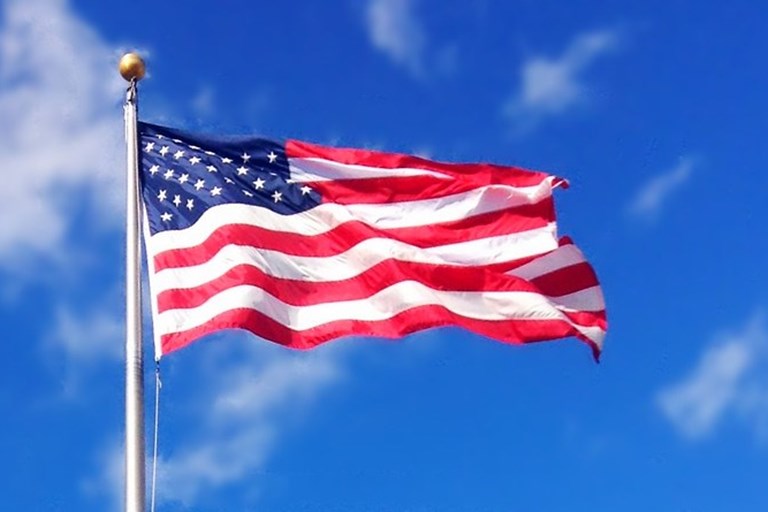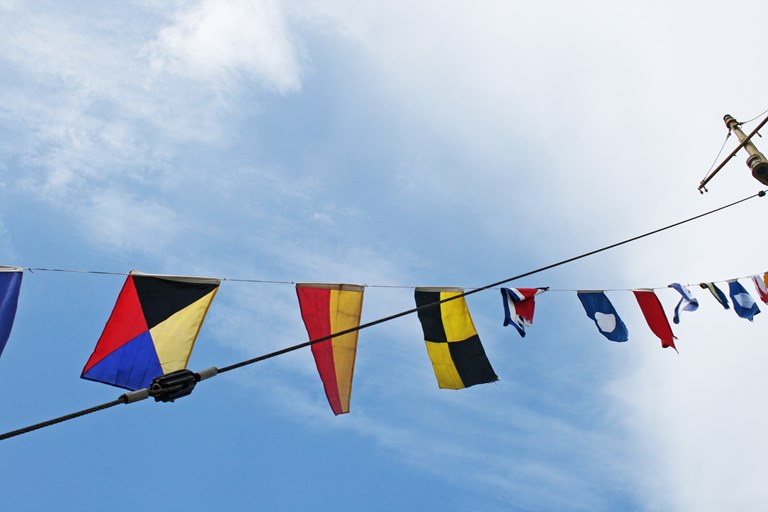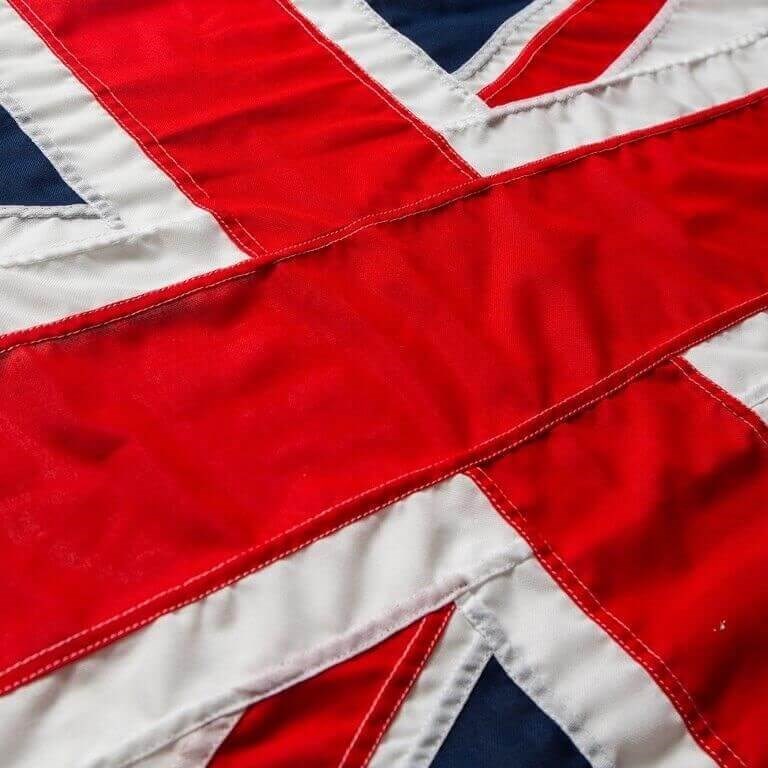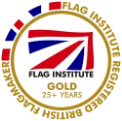View Scotland Flag Product Page >>>
We have been manufacturing the traditional Scottish Flag for nearly 150 years at our Chesham-based flag factory. Our flags have been present throughout many important events in Scotland’s history, and continues to fly proudly from a number of famous Scottish landmarks.
The Scotland Flag (also called St. Andrew’s flag) is made from separate pieces of 155gsm woven cloth, stitched together with a double-sewn hem to give the look and feel of quality. Our hand-sewn materials continue to set the standard for quality flags throughout the UK – no material or manufacturing process produces higher-quality flags. Each flag includes a headband, rope, and toggle, allowing it to be flown immediately from any standard flagpole.
We pride ourselves on the manufacture level of each Scotland Flag. Each flag is created to the Flag Institute’s specifications of 2:1 ratio, meaning each flag matches the size of other national flags flying next to it.
Scotland Flag Trivia
Technical Specifications - Scotland Flag
| Adopted | 1512 |
|---|---|
| Proportion | 3:5 |
| Design | On a Blue (Azure) field a White (Argent) Saltire |
| Colours | PMS - Blue: 300 CMYK - Blue: Cyan 100%, 91% Magenta |

Brief History of the Scotland Flag
The national flag of Scotland is the Saltire. It is made up of a great white cross which spans diagonally across the flag on a blue background. This was the supposed shape of the cross that St. Andrew was put to death on and therefore the flag is also known as the ‘Cross of St. Andrew’.
Interestingly the Saltire, which dates back to the 12th century, is thought to be one of the oldest national flags in the world.
Traditionally the background blue field was of a lighter variation than is currently used. It changed to the darker version in 1606 when King James proclaimed the design for the Union Flag.
There is another Scottish Flag which is called the ‘Royal Flag’ of Scotland or the ‘Rampant Lion’. It bears the emblem of a red lion raised up on its hind quarters on a yellow background bordered by a red border with Fleury and counterfleury. This flag is only supposed to be used by Scottish monarchs or government officials acting in their capacity to govern the country but it has seen more wide-spread use in recent years.
The rampant lion emblem was originally introduced by William the Lyon in 1165 to replace the boar emblem which once decorated the country’s flags.
The Saltire as Part of the Union Jack 1606
In 1606 King James proclaimed that there would be one flag that would represent the whole of the United Kingdom. This was met with consternation by people on both sides of the border as they felt the proposed flag weakened their national identity.
A compromise was therefore put forward whereby the Scottish version had the Saltire on top whereas the English version had St. Georges on top.
Although the actual proclamation has survived history unfortunately the actual designs of the flags has not. However, based on the wording, the flags below are assumed to be the actual designs.
Scotland Flag Reviews
Jeff Roberts
The flags look every bit as good as we had hoped and add a real air of professionalism to our site.
Rosy
Just to let you know we got our flag this afternoon and it looks lovely! So many thanks!









